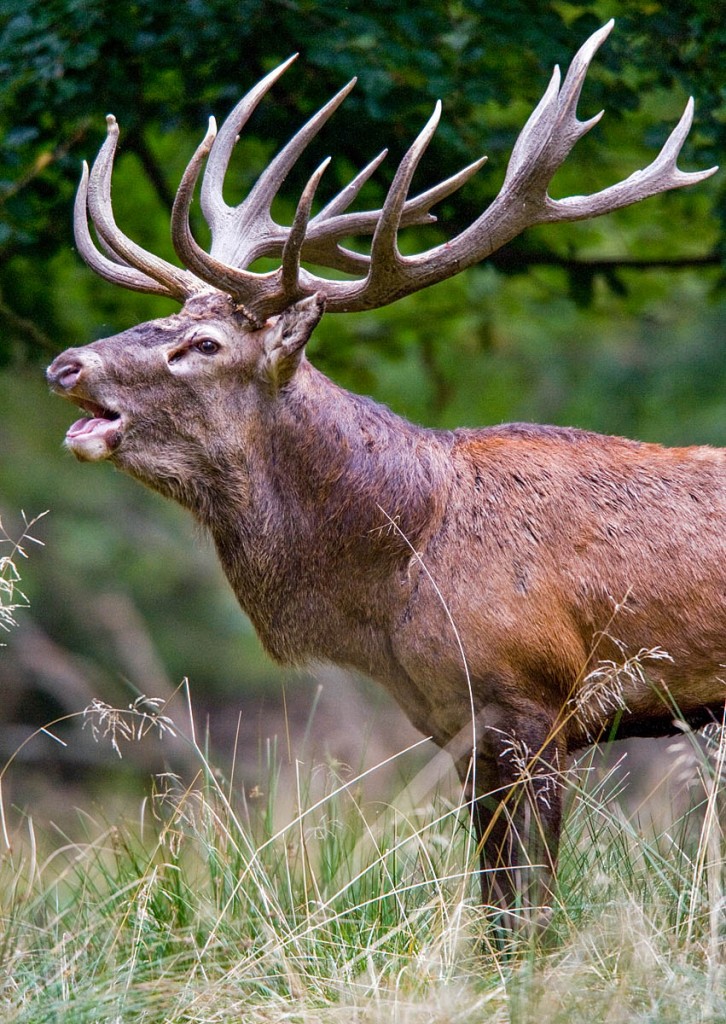Scotland’s online guide for walkers heading out during the deer-stalking season has been expanded.
The Heading for the Scottish Hills service now includes information on specific muros, corbetts and other popular hills.
It will also tell walkers and other outdoor enthusiasts which routes are ‘always OK’ and give guidance on the length of stag stalking and the days of the week when stalking doesn’t take place.
The site, developed by Scottish Natural Heritage in consultation with the Mountaineering Council of Scotland and the Association of Deer Management Groups, includes general information about stalking on all participating estates and contact details for further information. There is also guidance on responsible behaviour for land managers and walkers.
The new service covers more hills and is now accessible from mobiles and tablets.
Fiona Cuninghame, SNH recreation and access officer, said: “The web service is a quick way to check that you won’t disturb deer stalking when heading to participating hills between July and October.
“We hope that you find the service easy to use and would welcome feedback on HFTSH@snh.gov.uk. We expect the service to continue to grow, so if you’re planning a trip and the hills you want to climb aren’t included on the site, it’s worth taking another look nearer the time.”
Andrea Partridge, Mountaineering Council of Scotland access officer, said: “The Mountaineering Council of Scotland has been closely involved with the Heading for the Scottish Hills website and is delighted to see that the service has expanded and is more accessible.
“We encourage all hill-goers to check the website during the stalking season and contact the relevant estate if necessary.”
The website helps walkers follow the advice in the Scottish Outdoor Access Code to try and find out where stag stalking is taking place and who to contact if more information is required. The code also encourages walkers to take account of reasonable advice on alternative routes and to avoid crossing land where stalking is taking place.
The website takes its name from the Heading for the Scottish Hills book, which was a collaboration between landowners and mountaineers, published between 1988 and 1996. For the first time, the book provided hillwalkers with an easy way to identify and contact participating estates to find out where stalking was taking place.
The information can be found on the Heading for the Scottish Hills website.

![[CC-3.0]](/lib/img/layout/cc-attr.gif)